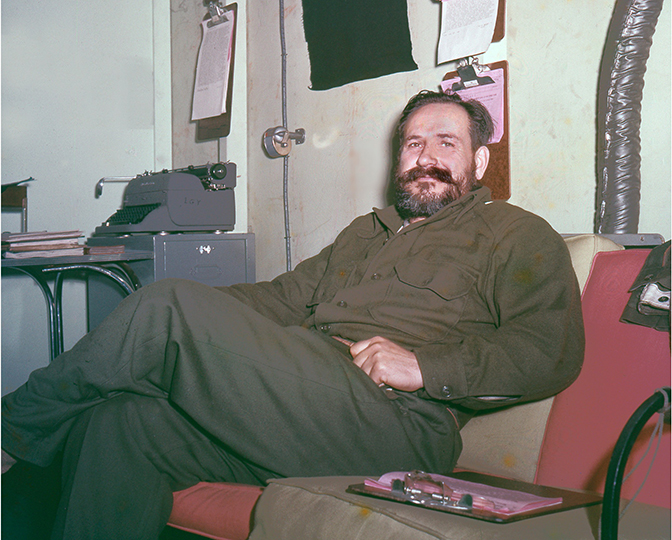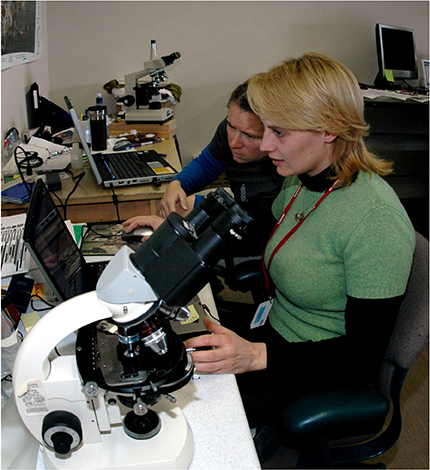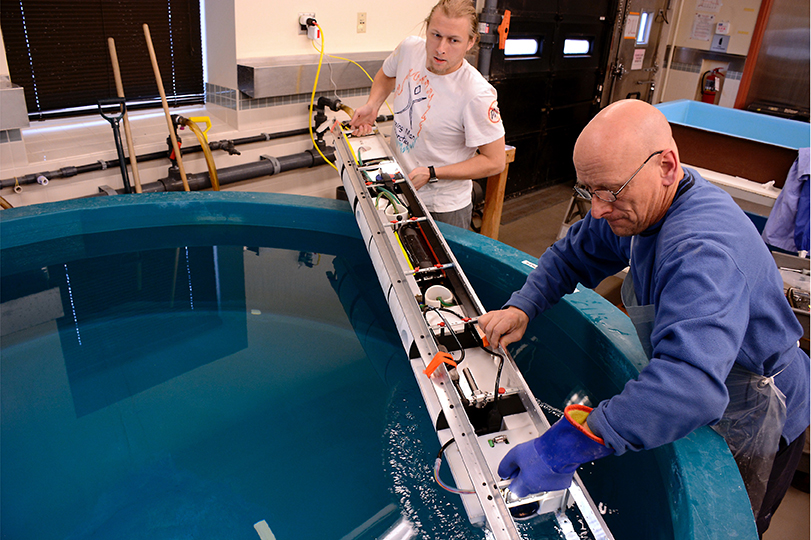Celebrating three decades of the Albert P. Crary Science and Engineering LaboratoryPosted December 08, 2021
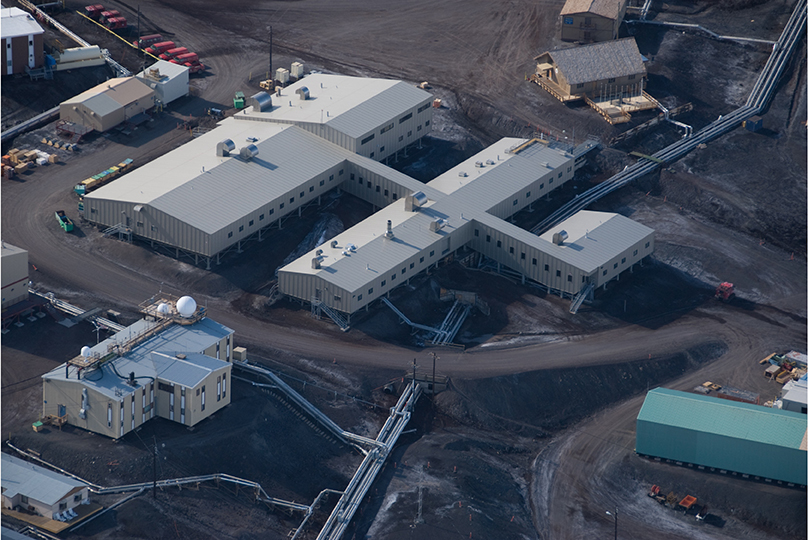
Photo Credit: Nathan Hoople
Aerial photo of the Albert P. Crary Science and Engineering Center at McMurdo Station. The Crary Lab was built in the late 1980s and has more than 46,500 square feet (4,320 square meters) to accommodate science and engineering.
This year we celebrate the 30th anniversary of the dedication of the Albert P. Crary Science and Engineering Laboratory at McMurdo Station, Antarctica. A world-class research facility, referred to as Crary Lab, enables all types of Antarctic research. From micro-biology to volcanism to astrophysics and everything in-between that you can find on the icy continent, including ice cores and radioisotope work can occur in Crary Lab. The laboratory was named in honor of well-renowned geophysicist and glaciologist Albert P. Crary. Dr. Crary was the first person to set foot on both the North and South Poles and served as the deputy chief scientist during the International Geophysical Year from 1957 to 1958. Today, Crary Lab is the largest laboratory in Antarctica. 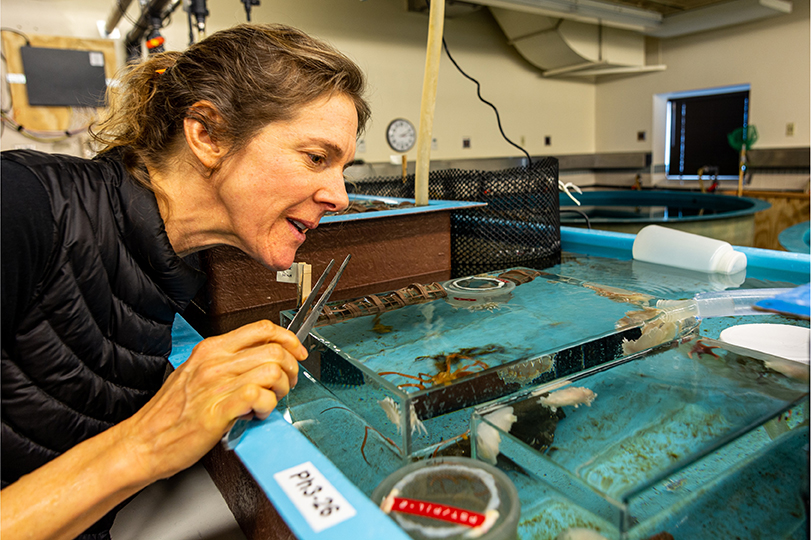
Photo Credit: Mike Lucibella
Researcher Amy Moran examines a clutch of sea spiders collected from McMurdo Sound. She’s working to understand how they and other invertebrates might fare as ocean waters around the region warm from climate change. The Moran Lab operates out of the University of Hawai'i Manoa.
With 46,500 square feet of indoor work area, there is space to experiment in laboratories, freezer rooms, and the saltwater aquarium, a suite of analytical instrumentation for on-site sample processing, and staging areas for teams to assemble, fabricate, and repair scientific gear after the long journey south and during demanding field seasons. The highly- configurable laboratory spaces also support many special activities, including environmental monitoring, snow and ice mechanics, and meteorology. Want to learn more? Join us on December 10 at 1:00PM EST for a live tour of the Crary Lab with marine biologist Amy Moran. While this event is geared towards 4th and 5th grades, anyone can attend! Note: this event is over, but you may view the recording at this link. |



For USAP Participants |
For The Public |
For Researchers and EducatorsContact UsU.S. National Science FoundationOffice of Polar Programs Geosciences Directorate 2415 Eisenhower Avenue, Suite W7100 Alexandria, VA 22314 Sign up for the NSF Office of Polar Programs newsletter and events. Feedback Form |

